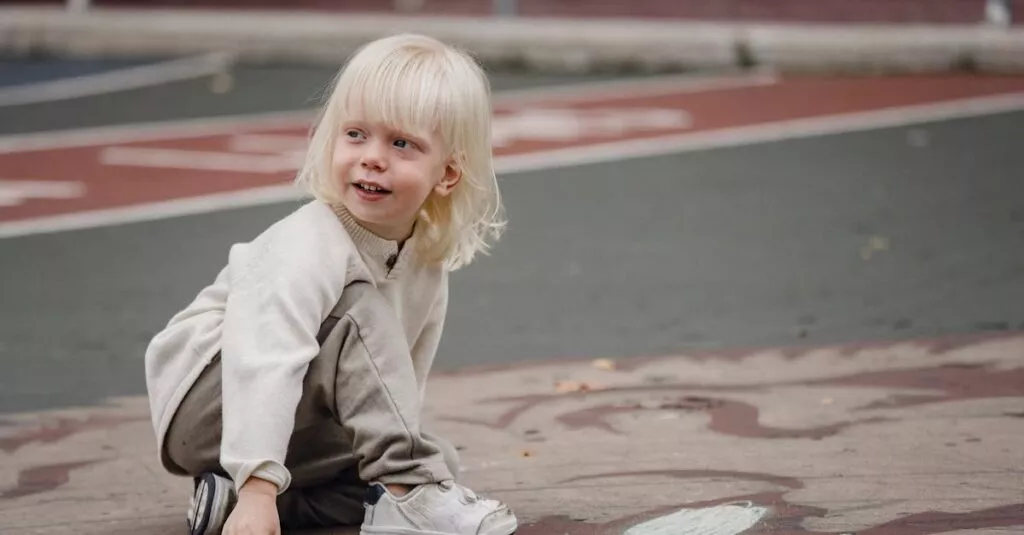It’s Not Just You: Finding Comfort in Shared Experiences
Ever felt like parenting came with a manual that everyone got except you? You’re not alone. Detecting developmental delays feels like deciphering Morse code without a key. First off, let’s chuck the guilt out the window. Parents often blame themselves, but delays can sneak up, cloak-and-dagger style. Sharing stories, we realize we’re all in this confusing but wonderful mess together. It’s part detective work, part intuition, and a whole lot of Googling at 2 AM.

Seeing the Signs: What to Look Out For
So, what are these elusive signs? It’s like trying to spot a cat in a ninja costume. Jokes aside, there are key behaviors to watch. Your child might not be meeting typical social, emotional, or language milestones. Maybe they’re not responding to their name, avoiding eye contact, or they have a limited set of motions. It’s not about a single ‘aha’ moment but noticing patterns over time. Remember, every child writes their own development story at their own pace.

Communication is Key: Understanding Delays
Differences in communication can signal a flag on the play. If expressing needs, sharing interests, or understanding simple instructions feels like your little one is interpreting hieroglyphics, it might be worth a deeper look.
Some kids prefer the company of their imagination, while others might not point at objects or respond with excitement to ‘Peek-a-boo!’ like you’d expect. Communication paths are as varied as flavors of ice cream, but sudden disinterest in cones altogether? Time to chat.

The Physical Milestones: Observing Movement
Crawling, walking, and the first Frankenstein-like steps are monumental. Each child’s journey to these milestones is a mixtape of hits and misses. Yet, if you notice your toddler is less keen on movement, prefers one side, or struggles with tasks like stacking blocks, it might hint at motor delays. Picture a tiny scientist experimenting with gravity, but the experiments don’t follow the usual patterns. These moments, though small, are big signposts on the developmental road.

It’s essential to keep a keen eye on these milestones as they can provide valuable insights into a child’s physical development. Encouraging and supporting these movements can make a significant difference in a child’s growth and overall well-being.
Cognitive Skills: Engaging the Little Thinker
Playing peek-a-boo with cognitive development is a no-go. It’s about noticing if there’s a disinterest in solving problems or a lack of curiosity about the world. Maybe your child isn’t engaging in simple play that mirrors real life, like feeding a doll. It’s watching a tiny explorer who’s not keen on exploring. While not every kiddo will be a mini-Einstein, showing little interest in cause and effect or puzzles can suggest cognitive curiosity bumps.

Engaging your child’s cognitive skills is crucial for their overall development. Keep an eye out for these signs and be proactive in nurturing their curiosity and problem-solving abilities.
When to Seek Help: Navigating the Next Steps
Realizing your child might need support is akin to spotting a needle in a haystack. But once you do, the question becomes, ‘What now?’ Early intervention is your new best friend. It’s like getting a map in the vast sea of parenting.
Consult with professionals, educators, and other parents. Remember, seeking help isn’t admitting defeat; it’s arming yourself with knowledge. The journey ahead is a marathon, not a sprint, made easier with a supportive tribe and timely advice.

